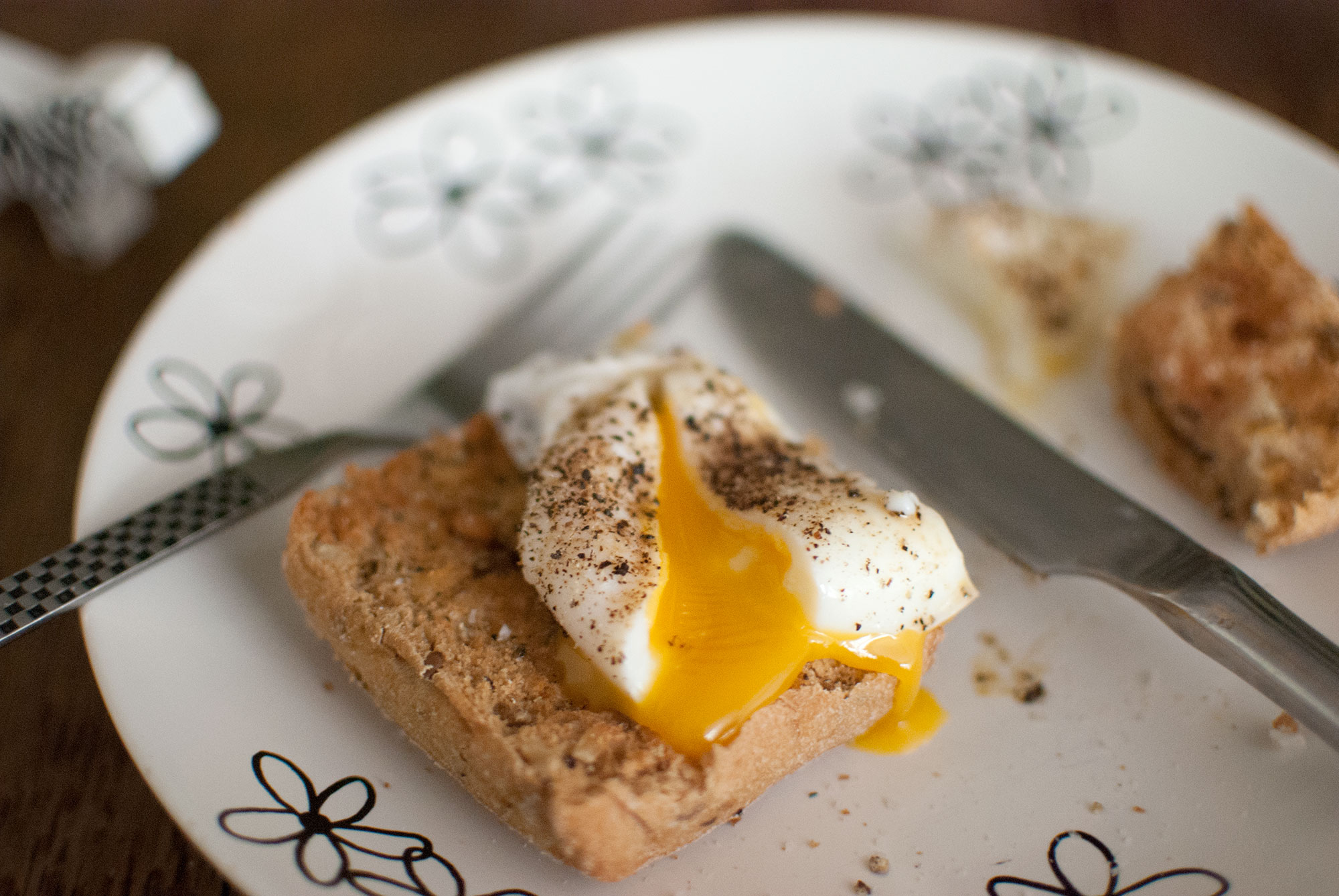After speaking to a number of people I feel assured that the batch of dairy and gluten free ginger brownies made recently is worth sharing.
It’s been tricky trying to be mindful of following a reduced sugar diet whilst also testing chocolate brownie recipes (bearing in mind my candida/leaky gut posts of the last few months). Notice my use of the word ‘mindful’. I wouldn’t have made the brownies at all if I were following a strictly low sugar lifestyle 100% of the time.
But, I figure life needs to be considered in the round: making these brownies has given me an excuse to consume more sugar but it also causes me to see the appreciation and enjoyment in people’s faces when they eat the product I’ve made.
I think my soul benefits more from that social interaction than my digestive tract suffers from dealing with its temporarily higher sugar contents!
I’d love to enter into a debate about whether its healthy to use sugar as a reward in society but it seems pretty ingrained and I’m trying to address my ease to fall into argument (it doesn’t make our cells happy but that’s a topic for another post)!
(I’m not an anthropologist or dietician (not even sure how to spell it) so the above statement hasn’t been scientifically verified).
There does seem to be quite a lot of delight seen in people’s faces when they taste these gluten free brownies. Especially when you introduce them as a reduced sugar, vegetable based, gluten and dairy free, sweet treat.
People don’t tend to expect an awful lot with that sort of billing.
Ginger and chocolate brownies using sweet potato allows for reduced sugar and serves as the sweet route to one of our five a day!
I’m glad I saw this post online recently. Apart from the sugar you could call this recipe a healthfood 😉

Ingredients and method:
- 2x100g slab of dark chocolate
- 2x eggs
- 2x teaspoons of vanilla extract
- 5x balls of ginger in syrup chopped up (from cake making aisle of supermarket)
- 200g of cooked sweet potato
- 125g of brown sugar (no need to use special sorts)
- 100g of gluten free plain flour
- 100g of coconut oil
- A pinch of baking powder (less than a ¼ teaspoon)
Optional extras
- Up to 100g of whatever else you like in brownies; flaked almond, crushed walnuts, brazils and pecans all work.
- fresh blueberries, dried cranberries soaked in ginger wine
- A rounded tablespoon of cocoa powder
- A teaspoon of ginger powder.
- Line a shallow baking tray (eg 26x20cmx3cm depth) with greaseproof paper (some recipes suggest putting the oven on at the start but I don’t like working against the clock) turn it up to 180C (160 fan oven) gas mark 4/350f
- Get two, big mixing bowls (don’t try doing it all in one bowl, it’ll work but the extra washing up extravagance is worth it). The sweet potato flesh can make the finished brownie quite heavy. I know the point of brownies is that they’re not cake but the finished texture is a little less vegetal lumpen)
FIRST BOWL: break up a pack and a half of the chocolate slabs and spoon the coconut oil on top (exact measurements don’t seem to have been essential: if stuff is a few grams under it doesn’t seem to have mattered). Microwave for a minute or so until the mixture is well on its way to melted.
Add the sweet potato flesh and flour, a pinch of baking powder (ginger and cocoa powder, if using), break up the remaining half bar of chocolate, add that + whatever extras you might be choosing.
SECOND BOWL: add the sugar and eggs and whiskn for a minute or two (so the mix is airy but we’re not looking for meringue consistency). Our household’s first electric whisk a few months back was a revelation.
Tip the FIRST BOWL,into the SECOND BOWL, stir gently together until well mixed, pour into the lined tray and put in the heated oven for 20 minutes (check at 18 minutes, an overdone brownie is a terrible thing!)
Look out for my chocolate beetroot brownie recipe coming soon.
